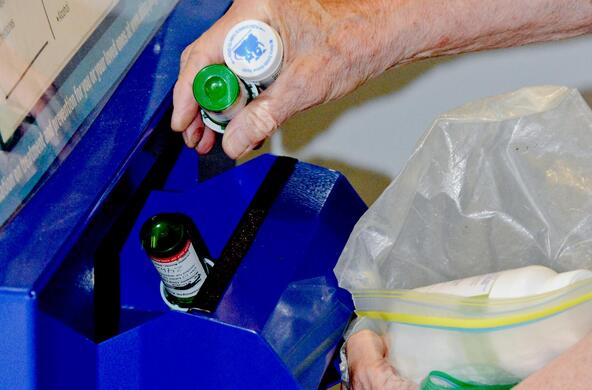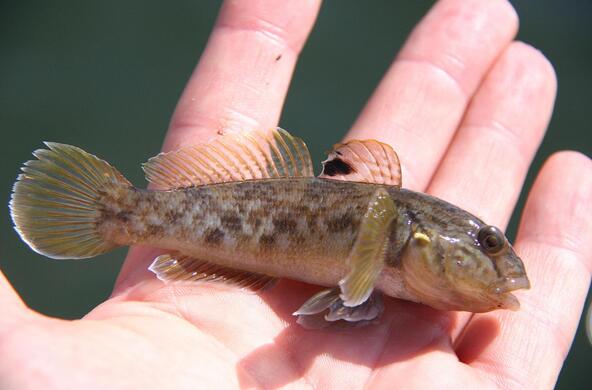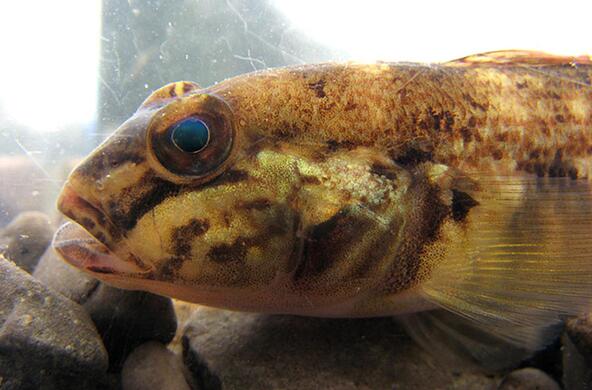Guiding the recovery of an iconic river
The Hudson River has long endured industrial pollution, sewage overflows, shoreline development, and invasive species. Climate change and rising sea level add to these challenges. Yet the Hudson is vital to the lives of New York residents. It provides drinking water, recreational opportunities, and shipping routes. Its waters are nursery habitat for resident and migratory fish.
In recent years, thanks to concerned citizens and improved management, the Hudson has been recovering. Science has played a vital role in guiding the river’s recovery. We are proud to play a role in this success story.
We have been investigating the ecology of the Hudson River since 1985.
What we are doing
Keeping a pulse on river conditions. For more than 30 years, our scientists have been monitoring the river’s food web and tracking the spread of invasive species. We are also part of a team maintaining 20+ environmental monitoring stations along the length of the Hudson River. Data from these efforts inform sound river management.
Restoring shorelines and wetlands. Healthy river shore zones filter pollution, reduce erosion, and provide habitat for plants and wildlife. We work with managers to restore shore zone ecosystems so that they can withstand threats like sea level rise.
Engaging citizen scientists. In shallow waters, underwater grasses play a vital role in maintaining water quality and providing nursery habitat for fish. We help coordinate a network of kayaking volunteers who map the extent of these grass beds throughout the Hudson, to ensure they remain healthy
Impact
Cary scientists advised the Hudson River Comprehensive Restoration Plan, and are leading partners in the Hudson River Ecological Conditions Observation System, the Sustainable Shorelines Project, and Shore Zones.
We work alongside managers and river conservation organizations to implement management best practice. Lessons gleaned from long-term Hudson monitoring and restoration efforts inform large river management around the world.
We also educate and inspire the next generation of river stewards through the Changing Hudson curriculum database, targeted teacher trainings, the MH-YES Program, and the Hudson River Data Jam.




